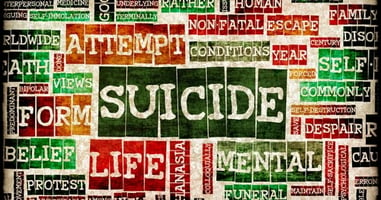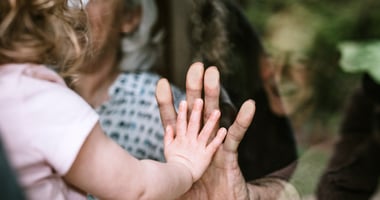Mortality rates for suicide rose substantially over the past decade, and suicide has passed...
Experts Warn of Potential of COVID-19 to Increase Suicide Risk
 |
“Concerns about negative secondary outcomes of COVID-19 prevention efforts should not be taken to imply that these public health actions should not be taken,” wrote Mark Reger, Ph.D., of the University of Washington and colleagues. “However, implementation should include a comprehensive approach that considers multiple U.S. public health priorities, including suicide prevention. There are opportunities to enhance suicide prevention services during this crisis.”
Among the notable factors contributing to suicide risk during this pandemic are the economic difficulties and social isolation being experienced by so many, Reger and colleagues wrote. Beyond the reduced connections to family, friends, and community, the stay-at-home directives also create barriers to accessing mental health treatment, the authors continued. For example, at some care facilities, patients cannot be accompanied by a family member during an appointment, which creates problems for patients with young children who are out of school.
“In addition to anxiety, many people are struggling with guilt, which is known to have toxic effects on mental health,” Maria A. Oquendo, M.D., Ph.D., the Ruth Meltzer Professor and Chair of Psychiatry at the University of Pennsylvania and past president of APA, told Psychiatric News. She noted that guilt could take the form of people thinking they exposed others to the virus, as well as other worries such as thinking they are not doing enough to help care for others.
Reger and colleagues also noted reports on a surge in firearm sales as concerning, given the strong connection between firearm access and suicide rates. And, they noted that suicides tend to peak in the late spring/early summer in the Northern hemisphere, which coincides with the predicted peak of COVID-19 prevention efforts in the United States.
To help counter these risks, psychiatrists and mental health professionals should determine ways to incorporate mental health screening into COVID-19 screening and prevention efforts. They should also consider ways to reach patients who are using tele-mental health services or receiving care in alternative treatment settings (such as a private space outside). They also noted the value of social media to help patients maintain social connections despite physical restrictions.
“There may be a silver lining to the current situation. Suicide rates have declined in the period after past national disasters (for example, the September 11, 2001, terrorist attacks),” Reger and colleagues wrote. “One hypothesis is the so-called pulling together effect, whereby individuals undergoing a shared experience might support one another, thus strengthening social connectedness. Recent advancements in technology (for example, videoconferencing) might facilitate pulling together.”
Oquendo agreed that it is not uncommon for suicide rates to recede in the context of a major crisis, “but we cannot be complacent; the entire population is going through a period of heightened stress right now. In the next few months we will see the psychiatric [after-effects] of this crisis emerge.”
(Image: iStock/Juanmonino)
APA’s COVID-19 Resource Center Keeps You Updated
APA’s COVID-19 Resource Center brings together a number of useful resources from APA and other authoritative sources to help you deal with the COVID-19.





